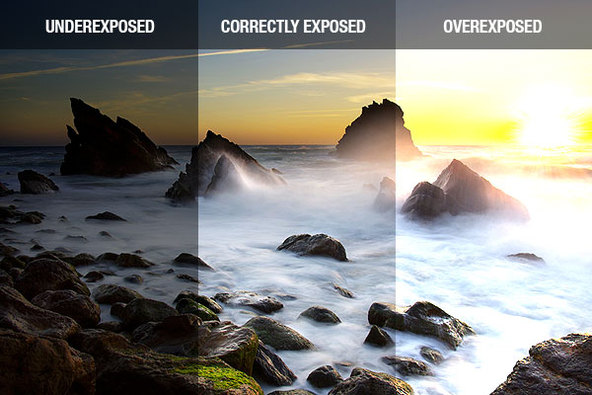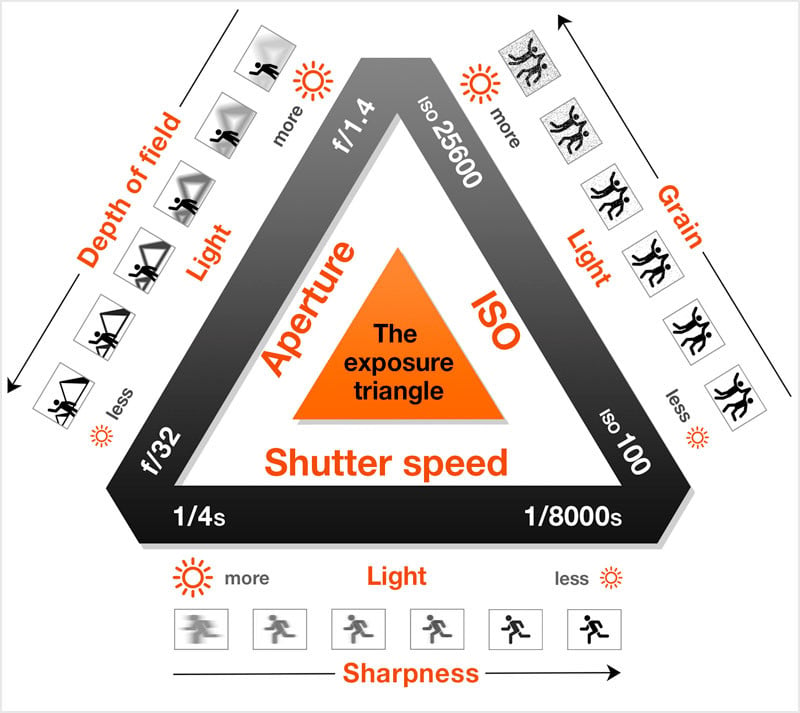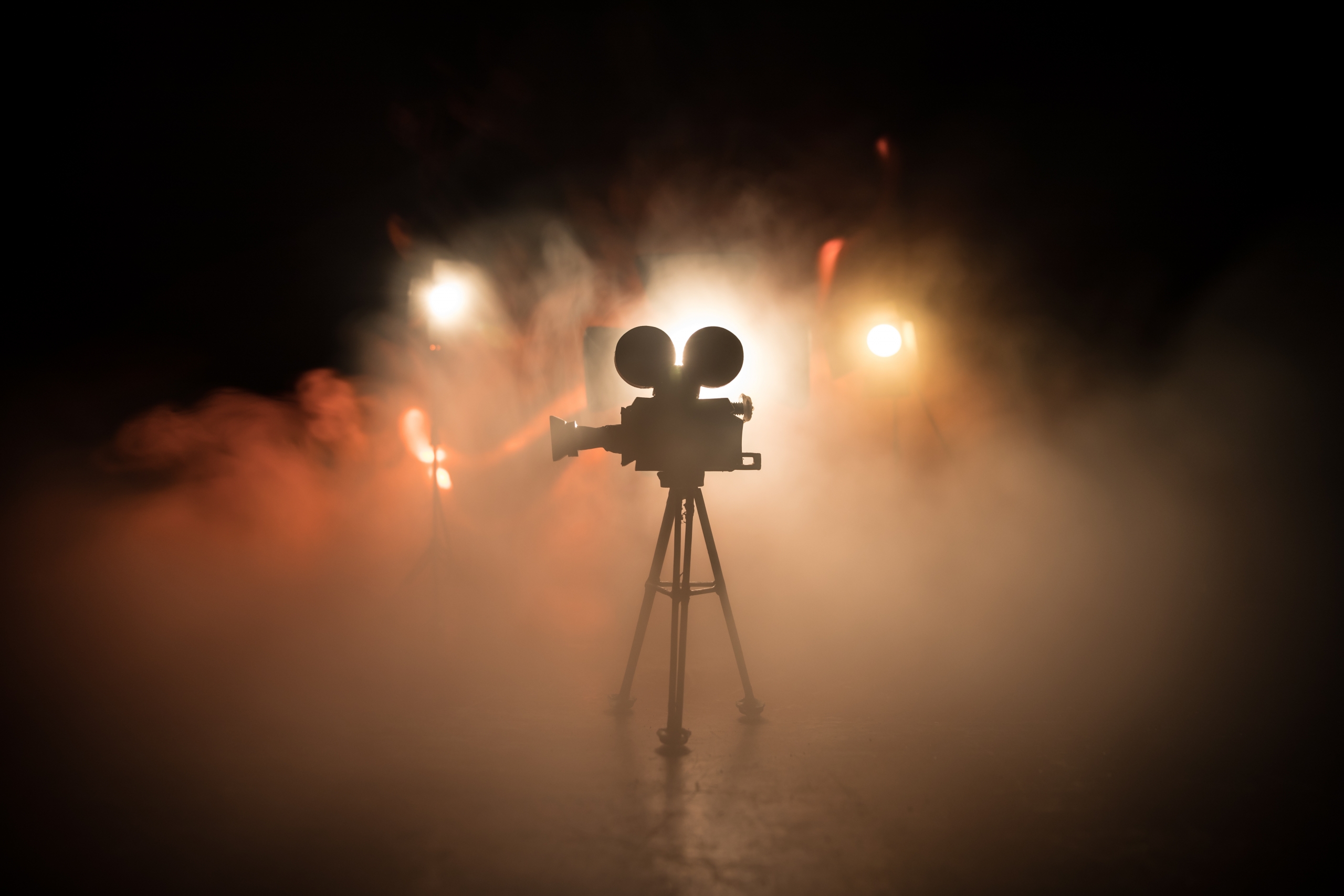Photography is a captivating art form that allows individuals to express themselves creatively while capturing moments in time. Whether you're using a smartphone, a compact camera, or a professional DSLR, understanding the basics of photography can significantly enhance your skills and the quality of your images. In this beginner's guide, we'll explore fundamental concepts and techniques that will help you take your photography to the next level.
:max_bytes(150000):strip_icc()/film-photography-592347645-59e4d0609abed500119e7b14.jpg)
Understanding Exposure:
Exposure is the foundation of photography, referring to the amount of light that reaches the camera sensor when you take a photo. Achieving the right exposure is crucial for capturing well-lit and balanced images. Exposure is determined by three main settings: Aperture, Shutter Speed, and ISO.

Aperture: Aperture refers to the size of the opening in the lens through which light passes. It's measured in f-stops, with lower f-stop numbers indicating larger apertures (more light) and higher numbers indicating smaller apertures (less light). Aperture also controls depth of field, which is how much of the image is in focus. A wide aperture (low f-stop) creates a shallow depth of field, perfect for portraits, while a narrow aperture (high f-stop) keeps more of the image in focus, ideal for landscapes.
Shutter Speed: Shutter speed determines how long the camera's shutter remains open to allow light onto the sensor. It's measured in fractions of a second, with faster shutter speeds (e.g., 1/1000s) capturing fast-moving subjects sharply and slower shutter speeds (e.g., 1/30s) allowing for motion blur. Adjusting shutter speed is crucial for freezing action or creating artistic effects like light trails or silky waterfalls.
ISO: ISO measures the camera sensor's sensitivity to light. A lower ISO (e.g., ISO 100) is ideal for brightly lit scenes, while a higher ISO (e.g., ISO 1600) is suitable for low-light conditions but may introduce noise or grain into the image. Finding the right balance between ISO, aperture, and shutter speed is essential for achieving proper exposure.


No comments:
Post a Comment